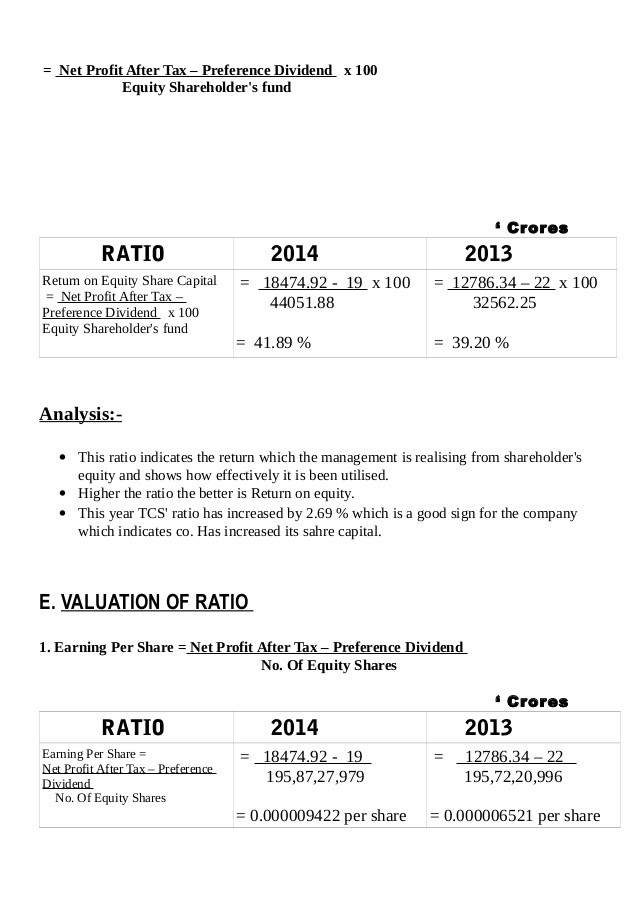Quick Guide to Analyze Dividend Funds
Post on: 12 Апрель, 2015 No Comment

Asset Allocation
It may seem weird to pick asset allocation as the first thing to look at when you think that all dividend funds would include… dividend stocks, right? But it’s actually not that obvious! After a quick look at the Canadian mutual fund industry, here’s what I found for asset classes in dividend funds:
Government bonds
International Dividend Stocks
Some mutual funds will show a high percentage of dividend stocks while others will concentrate on preferred shares and corporate bonds. As you can see, you can pretty much put anything you want in a dividend fund! This is why it is so important to look at what you really want. If you hold the fund in a non-registered account, having bonds will increase your tax rate for nothing. After all, a dividend fund is supposed to seek growth from the stock market along with providing dividend revenues. If you are retired, preferred dividend funds could be more interesting since they provide a higher level of payouts and are less volatile. The proportion of US and international stocks should be considered too. You might only want to stay in the Canadian market if you want to avoid currency risk.
MERs (Management Fees)
Once again, if asset allocation is completely different from one fund to another, assuming that all dividend funds show a similar MER is not a good reflex. You can actually find a few funds that offer a low MER (around 1%) up to super expensive fund at 3%.3.50% and even 4%! To be honest, I never would have thought that some companies would charge 4%. Interesting enough, most of them are showing 3 rd and 4 th quartile performance for the past 5 years and 10 years. Not really surprising!
If you are looking for a “simple” Canadian dividend fund, you should not pay more than 2%. There are several good performing funds in the 1% to 2.25% MER range. Even then, 2.25% seems high but hey! You need to pay the price to have your money managed by someone else, right?
Quartile – To Be Taken Lightly

One of my favorite tools to analyze mutual funds is to look at their past performance. I usually look at their quartile ranking for 5 year and 10 year performance. It gives me an idea if the fund is able to show above average results over a long period of time. Unfortunately, it’s a bit harder when you consider dividend funds.
The problem is that they are all in the same category but do not include a similar asset allocation. During a 5 year bull market (end of 2002 to end of 2007 for example) a 100% dividend stock mutual fund will definitely outperform a fund with 20%-30% in corporate bonds and preferred shares. However, from 2008 to 2012, chances are that the latter fund will perform better due to a lower risk portfolio. So before taking off a fund from your list, make sure you compare apples to apples!
Consider the Context – Not The Returns
If you look at the past five years, dont consider just their annualized returns. Since asset allocation varies greatly from one fund to another, make sure to look at how the fund is managed first and what is its goal. Some dividend funds are built to provide stable income for retirees while others are seeking long term growth. They will obviously not perform equally in the same economic environment. Do not fall for the high yield dividend trap or the high returns. Make sure that you select a fund that will meet your own investment goals. Therefore, do not pick a fund aiming at a stable income stream if you are investing for your retirement in 25 years.
If you have any fund you would like me to analyze, send them over at info at thedividenguyblog dot com.














